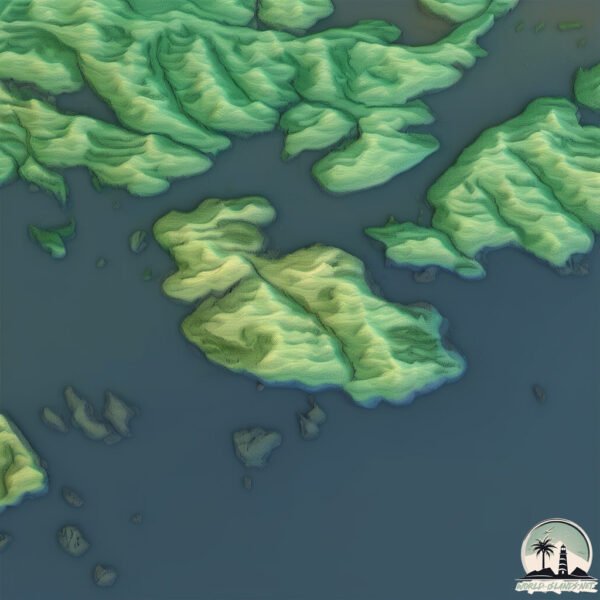Île de la Demoiselle

Welcome to Île de la Demoiselle, a Continental island in the Gulf of St. Lawrence, part of the majestic Atlantic Ocean. This guide offers a comprehensive overview of what makes Île de la Demoiselle unique – from its geography and climate to its population, infrastructure, and beyond. Dive into the details:
- Geography and Size: Explore the island’s size and location.
- Climate and Weather: Weather patterns and temperature.
- Topography and Nature: Uncover the natural wonders of the island.
- Infrastructure and Travelling: Insights on reaching, staying, and making the most of your visit.
- News and Headlines: Latest News.
Geography and size of Île de la Demoiselle
Size: 3.663 km²
Coastline: 10.1 km
Ocean: Atlantic Ocean
Sea: Gulf of St. Lawrence
Continent: North America
Île de la Demoiselle is a Small Island spanning 3.7 km² with a coastline of 10.1 km.
Archipel: –
Tectonic Plate: North America – Covers North America and parts of the Atlantic and Arctic Oceans, characterized by diverse geological features and varying levels of seismic activity.
The geographic heart of the island is pinpointed at these coordinates:
Latitude: 51.41386507 / Longitude: -57.63062154
Climate and weather of Île de la Demoiselle
Climate Zone: Continental
Climate Details: Subarctic Climate
Temperature: Cold Summer
Climate Characteristics: Characterized by long, extremely cold winters and short, cool summers, often found in northern latitudes of North America and Eurasia.
Topography and nature of Île de la Demoiselle
Timezone: UTC-04:00
Timezone places: America/La_Paz
Max. Elevation: 28 m
Mean Elevation: 14 m
Vegetation: Wetland
Tree Coverage: 62%
The mean elevation is 14 m. The highest elevation on the island reaches approximately 28 meters above sea level. The island is characterized by Plains: Flat, low-lying lands characterized by a maximum elevation of up to 200 meters. On islands, plains are typically coastal lowlands or central flat areas.
Dominating Vegetation: Wetland
These areas are saturated with water, either permanently or seasonally, and support aquatic plants. Wetlands are important for biodiversity and water filtration. Île de la Demoiselle has a tree cover of 62 %.
Vegetation: 6 vegetation zones – Very Highly Diverse Island
Islands in this range are ecological powerhouses, showcasing a wide array of vegetation zones. Each zone, from lush rainforests to arid scrublands, coastal mangroves to mountainous regions, contributes to a complex and interdependent ecosystem. These islands are often hotspots of biodiversity, supporting numerous species and intricate ecological processes.
Infrastructure and Travelling to Île de la Demoiselle
Does the island have a public airport? no.
There is no public and scheduled airport on Île de la Demoiselle. The nearest airport is Lourdes-de-Blanc-Sablon Airport, located 48 km away.
Does the island have a major port? no.
There are no major ports on Île de la Demoiselle. The closest major port is BLANC SABLON, approximately 53 km away.
The mean population of Île de la Demoiselle is 0 per km². Île de la Demoiselle is Uninhabited. The island belongs to Canada.
Continuing your journey, Île des Esquimaux is the next notable island, situated merely km away.
Canada is classified as Developed region: G7: Group of Seven – Major advanced economies, including Canada, France, Germany, Italy, Japan, the United Kingdom, and the United States. The level of income is High income: OECD.
News – Latest Updates and Headlines from Île de la Demoiselle
Stay informed with the most recent news and important headlines from Île de la Demoiselle. Here’s a roundup of the latest developments.
Please note: The data used here has been primarily extracted from satellite readings. Deviations from exact values may occur, particularly regarding the height of elevations and population density. Land area and coastline measurements refer to average values at mean high tide.
